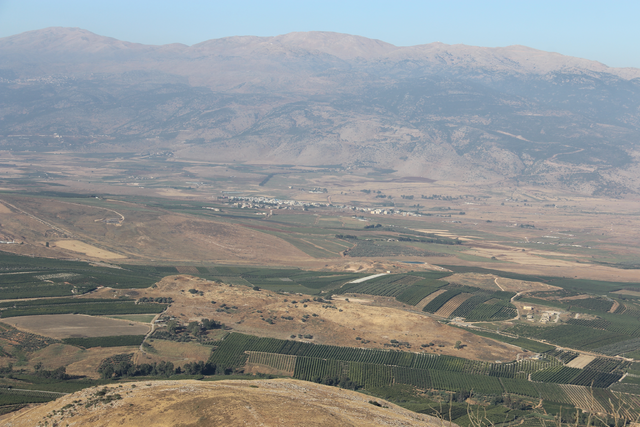Archaeologists discover 2,800-year-old sculpture that may depict mystery Biblical king

Archaeologists digging in northern Israel have found a 2,800-year-old sculpture that could be the depiction of a Biblical king.
The sculpture, which dates back to the ninth century BC, was found during excavations at Tel Abel Beth Maacah, which is mentioned several times in the Hebrew Bible.
The excavations were carried out by a joint team of archaeologists from Azusa Pacific University and Hebrew University of Jerusalem.
The sculpture, which measures 2.2 x 2 inches, depicts a bearded man with long black hair, wearing a headband painted in yellow and black.
In a press release, Robert Mullins, the lead archaeologist at the site, said that the elegant style of the figurine was an indication that the man was a distinguished member of society. He said that the head appears to be part of a figurine that would have measured up to about eight to 10 inches in total.
"Despite the head's small and innocuous appearance, it provides us with a unique opportunity to gaze into the eyes of a famous person from the past; a past enshrined in the Book of Ages," said Mullins, who is also a professor at Azusa Pacific University's Department of Biblical and Religious Studies.
"Given that the head was found in a city that sat on the border of three different ancient kingdoms, we do not know whether it depicts the likes of King Ahab of Israel, King Hazael of Aram-Damascus, or King Ethbaal of Tyre, rulers known from the Bible and other sources. The head represents a royal enigma," he added.
Azusa Pacific University said in the press release that Abel Beth Maacah has been the site of several noteworthy discoveries.
In July 2017, Mullins in his team found a room that contained evidence of metallurgical activity while excavating the remains of what appeared to be an ancient citadel dating back to the time of Israelite kings.
In another room at the site, an engineering student from Jerusalem found a small two-inch square "dirt clod" that functioned as a disguise to the mysterious head.
The details about the discovery of the sculpture were recently unveiled at the 44th Annual Archaeological Congress at Ben Gurion University of the Negev.
Dr. Naama Yahalom-Mack of the Hebrew University of Jerusalem, who presented the archaeological discovery at the event, said that the sculpture's "very interesting hairdo" was crucial to identifying the figure.
"The guy kind of represents the generic way Semitic people are described," she said, as reported by the Associated Press.
"We're only guessing here, it's like a game. It's like a hello from the past, but we don't know anything else about it," she added.
The piece was put on public display at the Israel Museum in Jerusalem late last month. The journal Near Eastern Archaeology is expected to publish a detailed report about the sculpture in its June edition.
The Associated Press said that the archaeologists are expected to resume excavations at the site where the sculpture was found this month.











